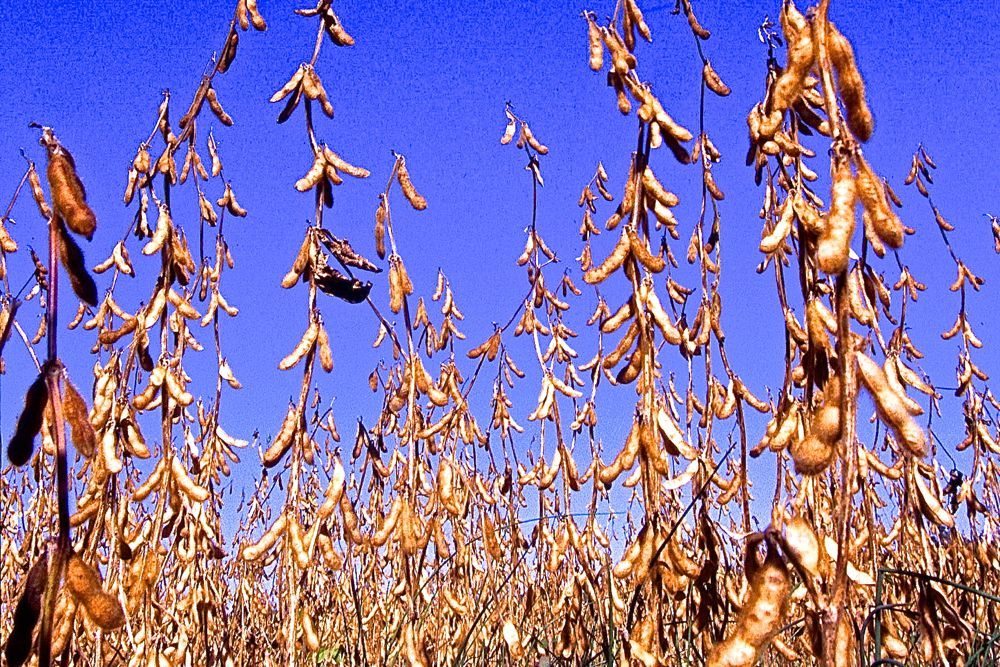Chicago | Reuters — U.S. soybean futures rebounded from a 3-1/2-week low on Thursday and closed higher for the first time in three sessions on short-covering sparked by concerns that dry weather in Brazil may clip soy production.
Corn and wheat also clawed back earlier losses tied to Argentina’s export-friendly move to let the peso trade freely and a sharp rise in the dollar following the first U.S. rate rise in nearly a decade.
Nearby corn futures hit fresh contract lows while soy and wheat fell to within 10 cents of contract lows before the late-session recovery, led by soybeans (all figures US$).
Read Also

U.S. livestock: Feeder cattle hit contract highs on tight supply
Chicago | Reuters – All Chicago Mercantile Exchange feeder cattle futures and most live cattle futures hit contract highs on…
Chicago Board of Trade January soybeans gained 14-1/2 cents, or 1.7 per cent, to $8.77 a bushel, the largest percentage gain for the contract in two months.
CBOT March corn added 4-1/2 cents, or 1.2 per cent, to $3.74-1/4 a bushel after earlier posting a contract low of $3.62-1/2. CBOT March wheat rose 1/2 cent to $4.84 a bushel.
“The South American weather forecast went drier at midday for northern Brazil, and that got people to cover shorts,” said Dan Basse, president of AgResource Co. “That is what got everything going.”
Soybeans in northern Brazil are entering a key development stage when dry conditions could negatively impact yields.
A midday weather model suggested drier conditions in the six- to 10-day period for Brazil’s Mato Grosso state, said Joel Widenor, meteorologist with the Commodity Weather Group.
Soybeans drew additional support from the sale of 424,000 tonnes of U.S. soybeans to China, announced by the U.S. Agriculture Department on Thursday.
But a bearish outlook for future U.S. exports hung over the market after Argentina allowed the peso to float, sending the currency plunging some 30 per cent.
The devaluation is expected to pump millions of tonnes of pent up grains supply into the international market at a time when the world is already seeing record stockpiles.
“The devaluation of the peso is going to put a pretty good chunk of corn and beans into the pipeline for January, February and March,” said Roy Huckabay, analyst at the Linn Group in Chicago.
A strengthening dollar added to export woes for U.S. suppliers, making U.S. shipments more expensive for those buying with other currencies.
The greenback was up about 1.4 per cent against a basket of currencies a day after the Federal Reserve hiked interest rates for the first time in nearly a decade.
— Karl Plume reports on agriculture and ag commodity markets for Reuters from Chicago. Additional reporting for Reuters by Naveen Thukral in Singapore, Gus Trompiz in Paris and Julie Ingwersen in Chicago.
















